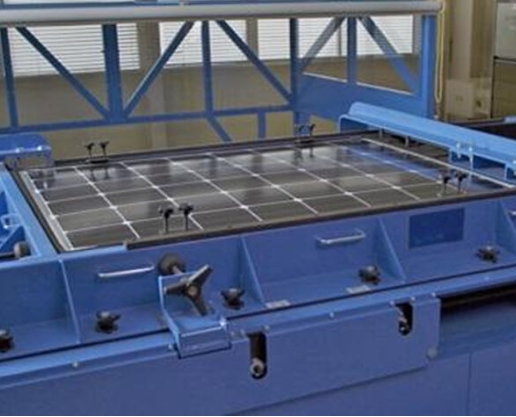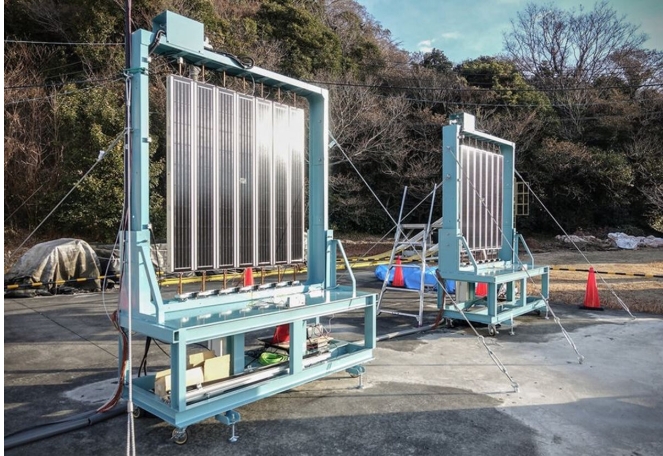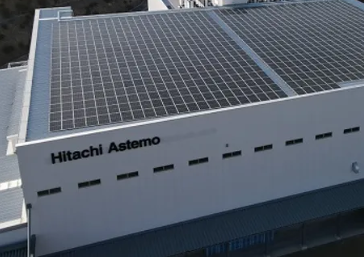Net thermal coal imports among EU members from countries outside of the bloc fell by 5.3mn t or 59pc on the year to a mere 3.7mn t in February, according to Eurostat data released this week.
The last time net imports were lower was in December 1988 when 3.4mn t was received, according to Argus' analysis of historic customs data. At that time the European Communities — a precursor to the EU, comprised just 12 members.
The latest data covers the current EU-27 membership and excludes the UK, following its exit from the bloc at the end of January. UK customs data show that the country imported a net total of around 60,000t in February.
The steep drop in imports at the start of 2020 is the result of months of almost uninterrupted price weakness in Europe and record low coal burn, and does not reflect any impact from recent measures to stop the spread of Covid-19 in Europe, which now presents an additional headwind to coal demand this summer.
Argus' daily cif Amsterdam-Rotterdam-Antwerp (ARA) physical price assessment averaged less than $49/t during the first quarter, down from around $74/t a year earlier. Based on prevailing gas and carbon prices at the start of 2020, thermal coal prices would have had to fall below $22.40/t in order to make burning the fuel in a 40pc efficient plant competitive with gas-fired generation from a 55pc efficient plant.
Natural gas prices have been forced to record lows by an oversupply of LNG globally and unseasonably full stocks ahead of the summer injection period.
But while coal prices have been too high to compete with gas for utilities, they are becoming increasingly unworkable for key suppliers, such as Russia. Argus' Russian netbacks from Ust Luga to the Kuzbass mining region averaged less than $3/t in January-February, from $26/t a year earlier, which means that fob prices barely covered the transportation and port handling fees associated with railing coal for export at the start of this year.
The same netbacks have since rallied and were briefly higher than $20/t at the start of April, assisted by dollar strength against the rouble, which may have partially revived trade flows to Europe in recent weeks. But prices and demand continue to weaken.
Demand plumbing new depths
Coal-fired power generation slumped to an average of just 6.9GW across Germany, Spain, the UK and France in the first quarter, down by 5.6GW or approximately 6.3mn t of NAR 5,800 kcal/kg-equivalent coal burn in 40pc efficient plants on the year.
And there is little prospect for a meaningful recovery in demand in the near term. Argus' cif ARA price assessment has fallen to its lowest since 2003 this week at $40.77/t but continues to struggle to compete with natural gas for power generation.
In addition, weaker power demand across Europe because of measures to counter the coronavirus looks set to slash the need for generation from fossil fuels this winter, meaning coal is likely to claim a smaller slice of a reduced fossil fuel mix.
Aggregate power generation in Germany, Spain, the UK and France fell by 4.3pc on the year in March to an average of 171.5GW and was nearly 18pc lower on the year in the first 21 days of April at an average of 143.7GW. April coal burn across the four markets has averaged 2.5GW, compared with 6.7GW a year earlier.
Power demand is showing signs of a recovery but is unlikely to return to seasonal norms while social distancing measures continue to hamper economic output. Ratings agency Moody's said earlier this month that electricity demand in some key EU markets could drop by an annualised 5-9pc this year because of the impacts of the coronavirus outbreak, which would surpass the 5-6pc reduction in power demand during the 2009 financial crisis.
Coal-fired generation across Germany, Spain, the UK and France could drop by 28pc or the equivalent of 3.4mn t of NAR 5,800 kcal/kg coal burn in 40pc efficient plants this summer, if overall power output were to fall by 14pc in the second quarter and 10pc in the third quarter, under Argus'analysis. The four markets generated an average 5.3GW from coal last summer, the equivalent of around 12.3mn t of coal burn.
This outlook assumes wind and solar load factors in line with the three-year average and factors the latest nuclear outlooks in each market, including EdF's recent announcement that French nuclear generation is expected to fall to around 300TWh in 2020. The outlook also assumes unchanged shares of the fossil fuel mix for coal and gas in May-September, but each percentage point shift from coal to gas would cut an additional 700,000t of coal burn from the summer total.
Coal-fired generation accounted for 11.8pc of fossil fuel generation in the four markets last summer, down from 24.9pc in April-September 2018.
Germany, Spain, the UK and France imported a combined total of 16.6mn t of thermal coal last summer — 2.8mn t/month — and 41.8mn t in the whole of 2019, which was approximately half of the EU total.







